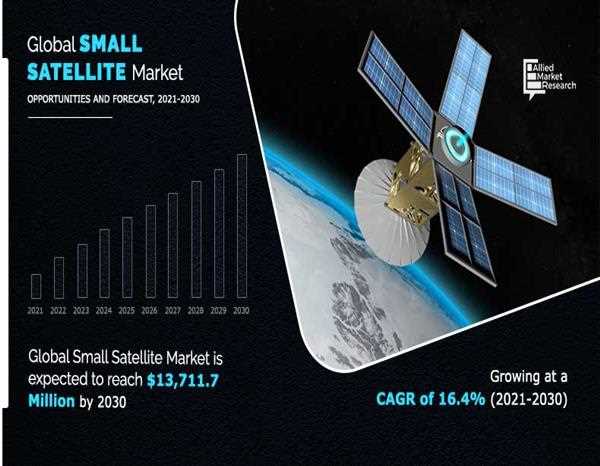- Miniaturization of electronic components: The miniaturization of electronic components has made it possible to create small satellites that are still capable of carrying sophisticated payloads. This has led to a boom in the development of small satellites, which are now being used for a wide variety of applications, including Earth observation, communications, and scientific research.
- Development of new materials: The development of new materials, such as composites and ceramics, has made it possible to create small satellites that are lighter and stronger than traditional satellites. This has made them more affordable to launch and operate.

- Improvements in propulsion systems: Improvements in propulsion systems have made it possible to launch small satellites into orbit at a lower cost. This has made small satellites more accessible to a wider range of users.
- Development of new launch vehicles: The development of new launch vehicles, such as small rockets and air-launched vehicles, has made it possible to launch small satellites at a lower cost. This has made small satellites more accessible to a wider range of users.
These are just a few of the latest developments in satellite miniaturization and small satellite technologies. As research continues, we can expect to see even more innovative and affordable small satellites in the future. This could lead to new possibilities for space exploration and applications, such as providing internet access to remote areas or monitoring environmental changes.
Here are some examples of small satellites that have been launched in recent years:
- CubeSats: CubeSats are a type of small satellite that is typically 10 centimeters on a side. They are often used for educational and research purposes.
- Nanosatellites: Nanosatellites are even smaller than CubeSats, typically measuring less than 10 centimeters on a side. They are often used for commercial and scientific applications.
- Microsatellites: Microsatellites are larger than CubeSats and Nanosatellites, typically measuring between 10 and 100 centimeters on a side. They are often used for military and commercial applications.
Small satellites are revolutionizing the way we explore and use space. They are more affordable, easier to launch, and can be customized for a wide variety of missions. As technology continues to improve, we can expect to see even more small satellites being used in the future.